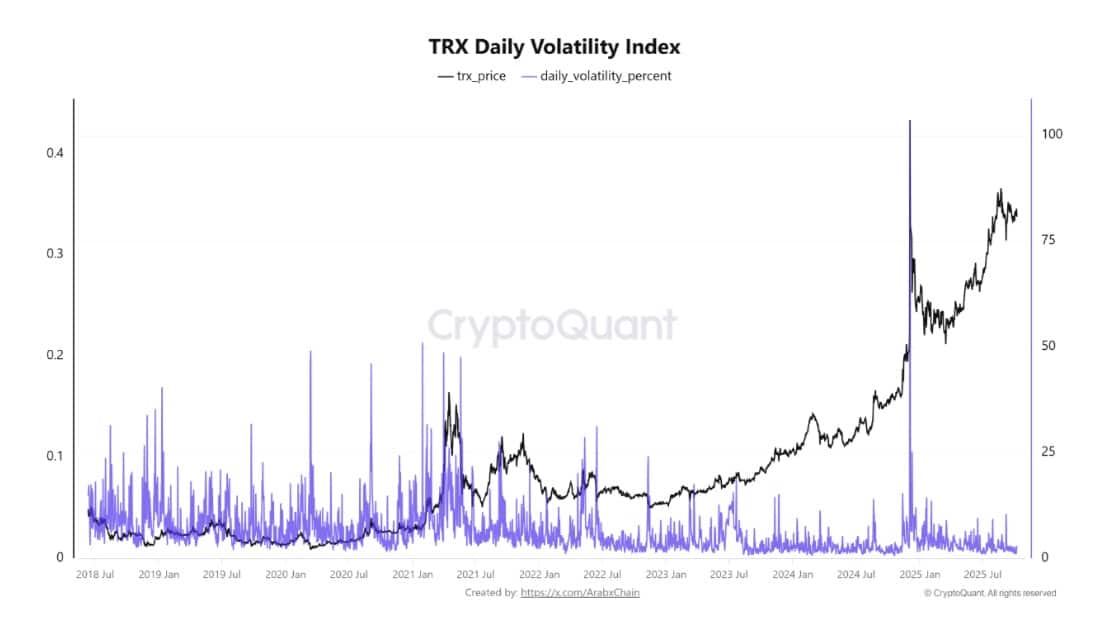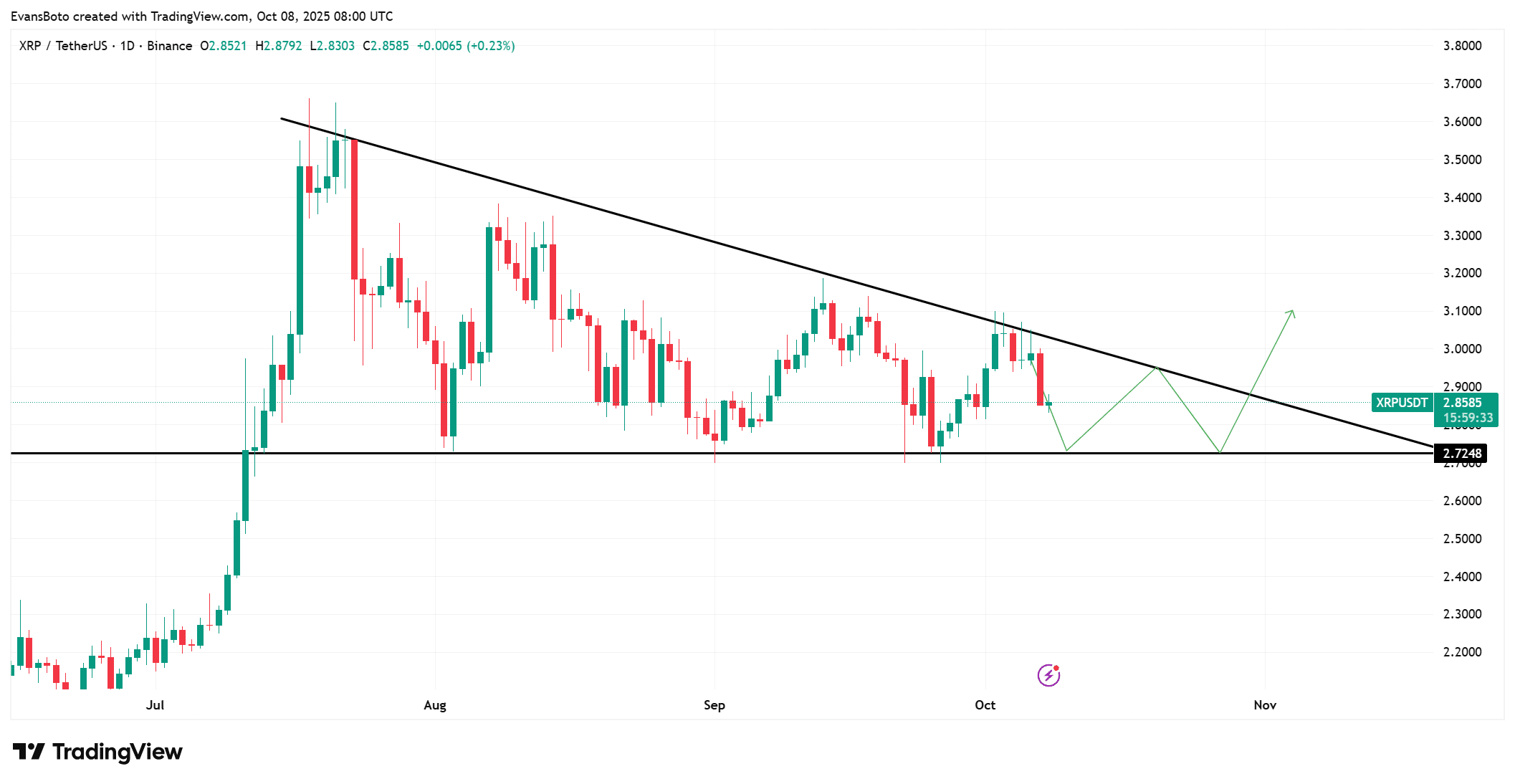Is Silver’s Steady $49 Mark a Calm Before the Storm or a Golden Opportunity You Can’t Afford to Miss?
Ever wonder why silver — that humble, gleaming metal tucked away in jewelry boxes and industrial circuits alike — just can’t seem to sit still on the price charts? As I watched silver hover near $48.90, just shy of its fresh all-time high of $49.55, it hit me how this metal mirrors our world’s volatility and promise. With geopolitical tensions easing thanks to a potential peace breakthrough between Israel and Hamas, silver’s safe-haven allure is wavering—but don’t let that fool you. The Fed’s whisper of more rate cuts has traders eyeing silver like it’s the underdog ready to sprint ahead when the financial winds shift. Meanwhile, the US government shutdown drags on, casting shadows over economic data and job reports — all factors that weave into silver’s complex price dance. So here’s a question: Is silver merely reflecting the calm before the next economic storm, or is it quietly gearing up to shine brighter than ever? Dive deeper into the shifting tides of silver—and why savvy investors keep it gleaming in their portfolios. LEARN MORE

Silver price (XAG/USD) trades near $48.90 during the Asian hours on Thursday, remaining below the fresh all-time high of $49.55, which was reached on Wednesday. The price of the grey metal moves little as safe-haven demand eases on signs of subsiding geopolitical risks.
US President Donald Trump announced that Israel and Hamas have agreed on the first phase of a peace plan, potentially ending the two-year conflict and freeing hostages, with confirmation from Israeli officials, Hamas, and mediator Qatar.
However, the non-interest-bearing Silver may further attract buyers as the latest Federal Open Market Committee (FOMC) Minutes from the September meeting suggested policymakers are leaning toward further rate cuts this year. The CME FedWatch Tool suggests that markets are now pricing in a 92.5% chance of a Fed rate cut in October and an 78% possibility of another reduction in December.
Fed policymakers judged it would likely be appropriate to ease policy further over the remainder of 2025. Some members noted financial conditions suggested policy may not be particularly restrictive. Most participants judged downside risks to employment to have increased, while upside risks to inflation had either diminished or not increased.
Silver prices may gain ground as the US government shutdown entered its ninth day with no sign of progress, as the Senate on Wednesday once again rejected competing funding proposals from Republicans and Democrats to end the stalemate. The ongoing US government shutdown delayed economic data and threatened public-sector layoffs, while private reports showed contracting ADP payrolls and ISM PMI job indices.
Silver FAQs
Silver is a precious metal highly traded among investors. It has been historically used as a store of value and a medium of exchange. Although less popular than Gold, traders may turn to Silver to diversify their investment portfolio, for its intrinsic value or as a potential hedge during high-inflation periods. Investors can buy physical Silver, in coins or in bars, or trade it through vehicles such as Exchange Traded Funds, which track its price on international markets.
Silver prices can move due to a wide range of factors. Geopolitical instability or fears of a deep recession can make Silver price escalate due to its safe-haven status, although to a lesser extent than Gold’s. As a yieldless asset, Silver tends to rise with lower interest rates. Its moves also depend on how the US Dollar (USD) behaves as the asset is priced in dollars (XAG/USD). A strong Dollar tends to keep the price of Silver at bay, whereas a weaker Dollar is likely to propel prices up. Other factors such as investment demand, mining supply – Silver is much more abundant than Gold – and recycling rates can also affect prices.
Silver is widely used in industry, particularly in sectors such as electronics or solar energy, as it has one of the highest electric conductivity of all metals – more than Copper and Gold. A surge in demand can increase prices, while a decline tends to lower them. Dynamics in the US, Chinese and Indian economies can also contribute to price swings: for the US and particularly China, their big industrial sectors use Silver in various processes; in India, consumers’ demand for the precious metal for jewellery also plays a key role in setting prices.
Silver prices tend to follow Gold’s moves. When Gold prices rise, Silver typically follows suit, as their status as safe-haven assets is similar. The Gold/Silver ratio, which shows the number of ounces of Silver needed to equal the value of one ounce of Gold, may help to determine the relative valuation between both metals. Some investors may consider a high ratio as an indicator that Silver is undervalued, or Gold is overvalued. On the contrary, a low ratio might suggest that Gold is undervalued relative to Silver.



















Post Comment